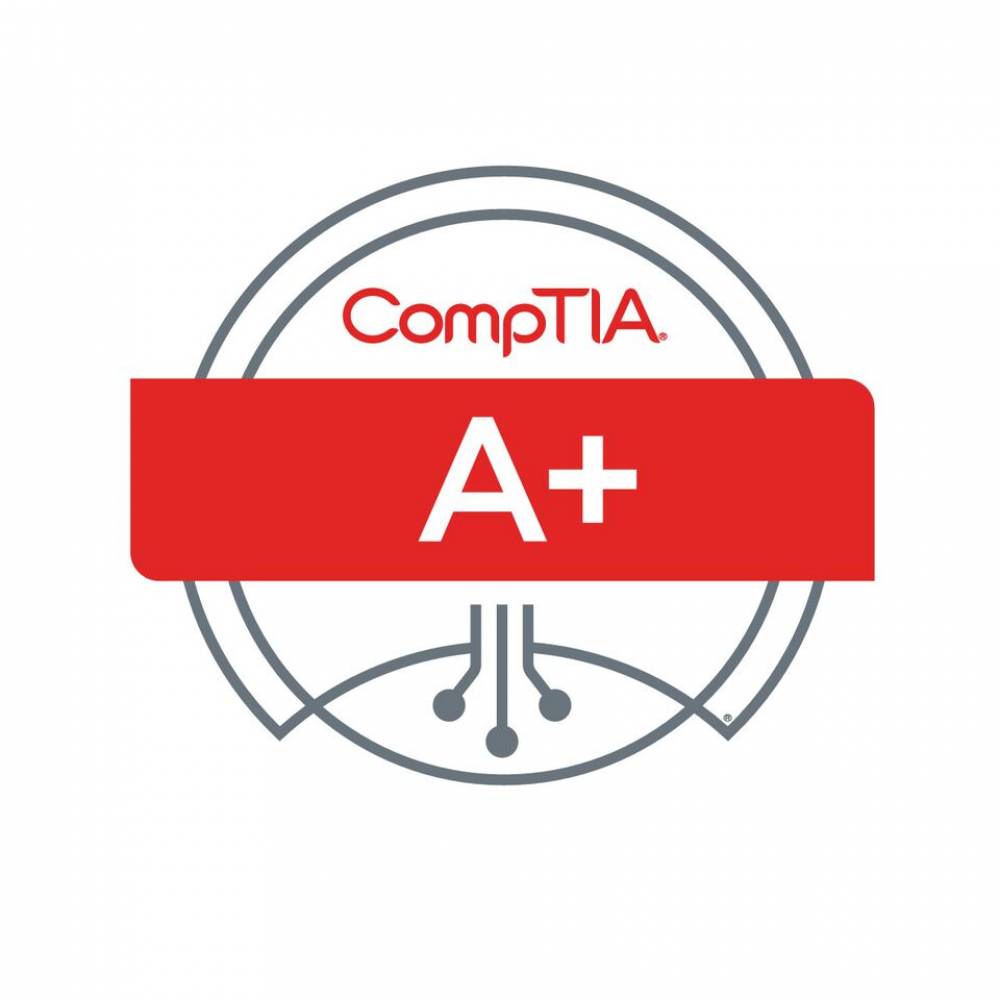
5 Things You Didn’t Know About CompTIA A
It's not just about Windows and Personal Computers
While previous A+ certification exams concentrated on supporting Windows-based desktops and laptops, the current version reflects a significant shift in the IT support role. Rather than a PC-centric model that prioritizes required skills, the 900 series focuses on a user's ability to access necessary information regardless of the device. This shift in support philosophy necessitates that IT professionals be conversant with a variety of operating systems.
As a result, CompTIA A+ now includes knowledge and skills for Apple OS X, Linux, iOS, Android, and Windows Mobile in addition to various flavors of Windows. Along with the ubiquitous PC, wearables, tablets, and smartphones are covered. Additionally, managing mobile devices – the hardware, the data, and the connections – is a higher priority.
The Certification is built around IT support and troubleshooting
Technical support and troubleshooting are two of the most frequently requested skills in job advertisements for entry-level IT professionals. And this is justified. Understanding how something works is one thing; troubleshooting when something goes wrong is quite another.
Although previous versions of the CompTIA A+ certification covered troubleshooting, the 900 series places a premium on problem-solving abilities. Each of the two exams begins with a domain and progresses to a troubleshooting domain. Not only must candidates install and configure, they must also troubleshoot and resolve any issues that arise – regardless of whether the issue is with the device, the data connection, or the application.
Cybersecurity is a big deal
Previously believed to be the domain of IT security specialists, there is growing recognition that IT security is a shared responsibility shared by everyone – from the end user in accounting to the CEO. IT professionals, particularly those in help desk and technical support roles, bear the primary responsibility for defending against unauthorized intrusions.
The new CompTIA A+ certification emphasizes the critical role of technology support in safeguarding an organization's digital assets. Indeed, eight of the nine certification domains include a security, privacy, or risk mitigation objective or sub-objective. As an organization's attack surface has grown larger, the depth and breadth of knowledge required for the technical support job role has increased as well. CompTIA A+ is an accurate reflection of this fact.
Cloud computing and virtualization are also a part of the equation
The days of most businesses experimenting with cloud computing are long gone. As businesses increasingly rely on cloud-based technologies to manage mission-critical information technology systems, the need for support becomes critical. CompTIA A+ introduces the fundamentals of virtualization, cloud computing, desktop imaging, and deployment – skills required to support today's information technology infrastructures.
The CompTIA A+ certification also provides a foundation for developing more advanced expertise by introducing fundamental infrastructure concepts. It paves the way for further education in areas such as tiered endpoint support, physical server maintenance, virtual system administration, network configuration, and storage planning – all of which are critical skill sets in information technology systems operations.
It sets the stage for IoT support
Gartner predicts that by 2020, there will be 25 billion connected devices. These range from home automation systems and self-driving cars to children's toys and home refrigerators. What happens if users are unable to connect to their networks via these devices? They're going to contact someone.
Similarly to how A+ lays the groundwork for developing infrastructure skills, it also lays the groundwork for supporting the Internet of Things (IoT). Connected devices are built on a layered technology stack that includes the device (both hardware and software), a network, an Internet connection, backend cloud services, and a user interface. A+ lays the groundwork for developing IoT capabilities by covering a variety of device form factors (think smartphones, tablets, and wearables), a variety of operating systems, networking fundamentals and troubleshooting, and cloud computing fundamentals.

